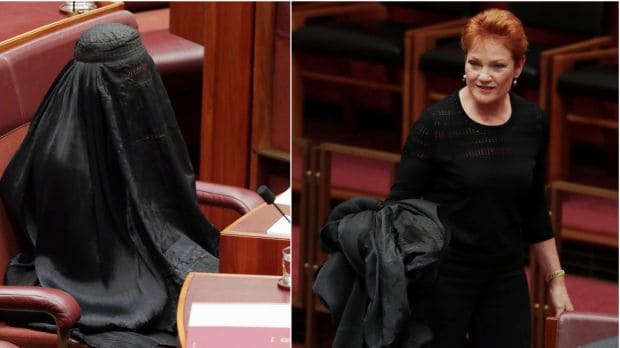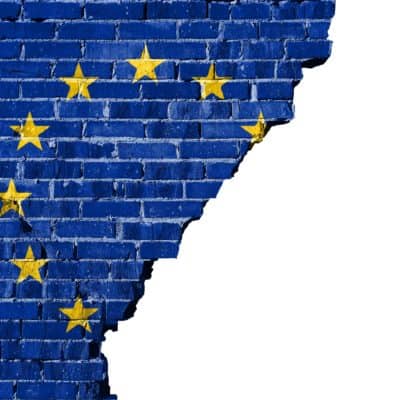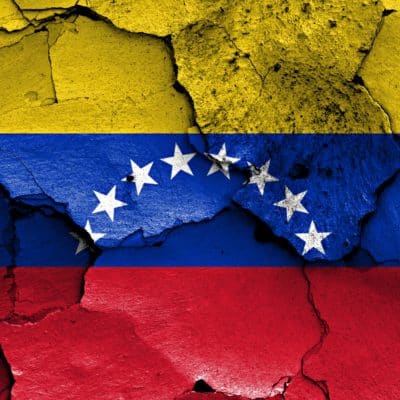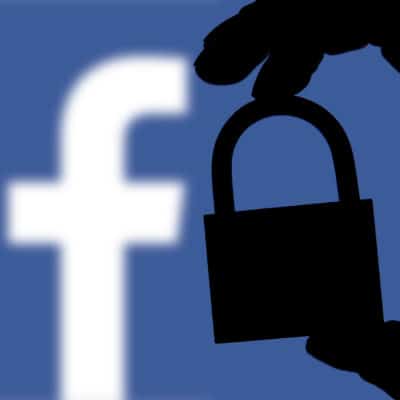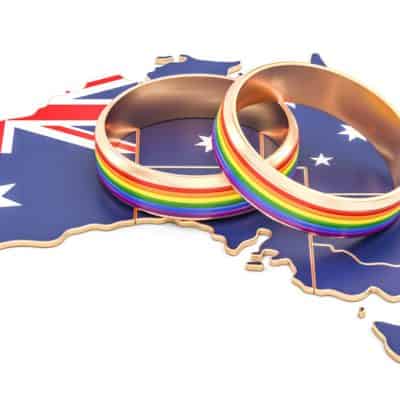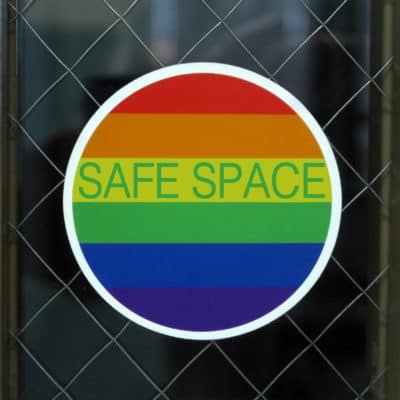The western world in recent decades has been inundated with Islamic immigration, whether claiming “refugee” status fleeing their oppressive homelands or by means of normal process, migrating for better opportunities. It is plain however with many of these “migrants” there is no interest in assimilation with the cultures of host populations. Rather the opposite. They demand that host populations tolerate Islamic culture, resist at the risk of being branded “islamophobic.”
There are a number of aspects of Islamic culture obnoxious to many in the West. Apart from female genital mutilation and the endemic labeling of food items with “halal” accreditations, the wearing of the burqa by a section of Muslim women must be the most obvious affront. Seeing figures walking around shopping malls covered head to toe in a black coverall garment is for many a confronting sight indeed. In Europe, the UK, USA, Canada and Australia it is becoming a more common sight, no less. As you will read further on, it is also on the rise in Muslim countries where a few years ago the burqa was fringe.
Political Stunt or Social Point?
On August 17, 2017 in the Australian Senate, Senator Pauline Hanson, Leader of the One Nation Party, entered the Senate wearing a burqa. She had prearranged with the Parliamentary attendants what she proposed to wear to the Senate and, her identity being known, was not impeded in entering the Senate chamber.
Senator Hanson later removed the coverall garment to ask the Attorney General, Senator Brandis, whether he and his government would legislate to ban the wearing of the burqa in Australia. Brandis said “No.” He then launched into Senator Hanson in these terms:
“I can tell you it has been the advice of each director-general of security with whom I have worked and each commissioner of the Australian Federal Police that it is vital for their intelligence and law enforcement work that they work cooperatively with the Muslim community,” Senator Brandis said.
“And to ridicule that community, to drive it into a corner, to mock its religious garments is an appalling thing to do and I would ask you to reflect on what you’ve done,” (this delivered with quavering voice and, it is reported, close to tears).
He went on to say, “I am not going to pretend to ignore the stunt that you have tried to pull today by arriving in the Chamber dressed in a burqa when we all know that you are not an adherent of the Islamic faith. I would caution and counsel you with respect to be very, very careful of the offense you may do to the religious sensibilities of other Australians.”
For his tremulous trouble the Attorney General received a standing ovation from the Greens, and the socialist Labor Party Senators. No such standing ovation from his own side, the Liberal/National Party coalition government (so called conservative) side of the Senate.
Senator Hanson later said that her “stunt” was designed to start a conversation that would, she hoped, lead to the banning of wearing the burqa in public. She noted that before that conversation got going Brandis had stopped it.
In many countries––including dozens of Muslim majority countries––the wearing of the burqa and niqab (eyes shown) has been banned in public to various degrees and in only a few (eg Saudi Arabia) is the burqa (or niqab) a required item of attire. In the USA there is no ban, based upon First Amendment rights to freedom of religion and expression. Many Muslim women wear a hijab (a scarf over the hair) but many also wear no material head covering at all.
In Australia, judges and magistrates in courts struggle to get female defendant burqa wearers to remove the garment despite laws requirng such in some jurisdictions. But then, they also struggle to get Muslim defendants (male and female) and their “supporters” to stand in court when required––that is when the judge enters or when spoken to. Invariably both objectionable behaviours, burqa wearing and the lack of respect shown by not standing, are claimed as “against my religion” and ‘religious’ duties.
Is the Burqa a Religious Garment?
Brandis, in his retort to Hanson, had admonished her for mocking Islam’s “religious” garments. But is the burqa, an item of clothing that entirely disguises the wearer, in fact a religious garment? Is its wearing in public, or at all, a requirement of Islam? Must a female adherent of Islam wear it to be a “good muslim”?
For many, if not the vast majority of those born and raised in Western democracies, the appearance of the burqa in those western democratic nations in recent decades has been both confronting and an affront. Indeed, to paraphrase Brandis, the appearance of the burqa has caused offense––cultural offense––to a large number of Australians (as well as Americans and Europeans).
In a number of situations covering or disguising a person’s identity is recognized legally as just not culturally insensitive but a plain security risk. We don’t allow motor bike riders to wear helmets or face coverings into banks, or other businesses, or courts (well, as noted above in Courts we still do). And we frown upon wearers of bike helmets and bandanas in public places without a good reason, such as riding a motorbike. But to complain of a burqa wearer entering a bank, a restaurant, or even a court house completely unrecognizable, well, that’s just “an offense to the religious sensibilities of other Australians,” based upon the Brandis approach.
But is the burqa (or niqab) a required religious garment?
Does the Quran Stipulate the Wearing of the Burqa?
The simple answer to that question is, no. The Quran instructs men and women to behave modestly in society (24:31). That’s it. A couple of other references from the Quran add nothing to the proposition that adherents of Islam are to behave and dress modestly.
According to one source, Chris Moore of the “True Islam” website, the authority cited by Muslim authorities today for the wearing of the burqa comes from the collected traditions of life in the days of Muhammad. They do not come from any command contained in the Quran. The instruction to women is: cover your chest (24:31); lengthen your garments (33:59). There simply is no Quranic instruction to cover a woman head to toe.
What Does the Burqa Actually Represent?
There are women of Muslim background who seem to understand what the burqa actually is, more so than many self serving western polititians. One such is Elham Manea, of Yemeni/Swiss nationality. Elham Manea is an Islamic scholar in the Department of Political Science at the University of Zurich, Switzerland, a former government commissioner and author of Women and Sharia Law.
Manea was in Australia recently and commented on the Pauline Hanson parliamentary burqa “stunt”. She said in an article published in the Sydney Morning Herald, “The burqa (niqab in Arabic) is a symbol. When you see it in a community, it indicates that an ideology and a radical form of Islam are spreading. In my field research on women and sharia law in Britian, South Africa and Middle eastern countries, I heard this sentence a lot: “Ten years ago, we only had a few women with the burqa. Today there are plenty.”
She went on to say, “Let’s get something straight. The burqa is not Islamic. It is a custom imported from Najd, a region in Saudi Arabia and the power base of its Salafi’s fundamentalist form of Islam. Within Muslim countries it is very contested and considered fringe. Even conservative Mufti of Al Azhar––the highest religious authority in Sunni Islam––said in a 2010 TV program that the burqa is a ‘custom’, not a ‘religious requirement.’”
Manea went on to say that until 1979 the burqa was not even mandatory in other regions of Saudi Arabia. She says it was the norm in Najd of course. But in other areas of Saudi Arabia pre-1979 the women worked with men in the field, danced together in their celebrations and did not cover their faces.
It is the year, 1979, that is significant. Manea notes that 1979 was the year of the Iranian revolution, the occupation of the Kabaa in Mecca by radical Salafis, and the Soviet invasion of Afghanistan. These three events Manea states led to an active Saudi policy, enforcing the dogmas of its politicized fundamentalism within its own borders and spreading it worldwide. Manea says, “Religion was a tool to fight communism and to claim leadership of the Islamic world. But it was not any religion that was promoted. It was a fringe fundamentalist interpretation of Islam.”
Manea writes, “Women according to this world view are a source of evil that should be covered head to toe to protect men from seduction. They are perpetual minors, obedient to their male guardians. Husbands have the right to discipline their wives by beating.” She further states that this fringe fundamentalism, that includes burqa wearing, has a significant political dimension that wreaks havoc in any society in which it “metastasises”. “It functions as a sect, demanding from its supporters to separate themselves from their wider society, which it brands apostate. Separation is not enough; one has to hate the ‘unbelievers’ in heart and behavior.”
Manea concludes “So when you see women in a burqa, think of the ideology that is mainstreaming it. We should confront it––Muslims and non-Muslims alike.”
Finally, Manea notes that it helps to think of this issue of the burqa from the perspective of the tradition that produced it. She writes, “In Saudi Arabia, Afghanistan, and IS controlled areas women are forced to wear it. Why do you think women activists have launched this year a campaign with the hash tag ‘the niqab (burqa) does not represent me’? I am sure many of them are wondering why on earth some Australian politicians are defending ‘Muslim women’s right to wear the burqa.’ Think of enslavement as synonymous to burqa, and their marvel will become clear.”
It is troubling indeed that Australia’s chief law officer, the Attorney General demonstrated by his rebuke of Senator Hanson’s “stunt” of wearing a burqa into the parliamentary chamber, an astonishing ignorance of the place of the burqa in Islam. And to forgo the opportunity to affirm that the burqa has no place in public life or public places in Australia.
Does the Bible Mandate a Woman’s “Covering”?
To close, what does the Bible have to say about a woman’s covering? Certainly the Bible extols female modesty of dress and female virtue. But as to head coverings, the Apostle Paul had this to say:
“Judge in yourselves: is it comely that a woman pray unto God uncovered?
“Doth not even nature itself teach you, that, if a man have long hair, it is a shame unto him?
“But if a woman have long hair, it is a glory to her: for her hair is given her for a covering.
“But if any man seem to be contentious, we have no such custom, neither the churches of God.” 1 Corinthians 11:13-16.
Biblically, a woman’s hair is her covering. She has no need of scarfs or other material coverings of her head in public to fulfill any “religious” duty. Properly understood, neither do the Muslim women who insist on appearing in public, completely anonymous, in their head to toe black garb. As Elham Manea concluded, “So when you see women in burqa, think of the ideology that is mainstreaming it. We should confront it––Muslims and non-Muslims alike.”

